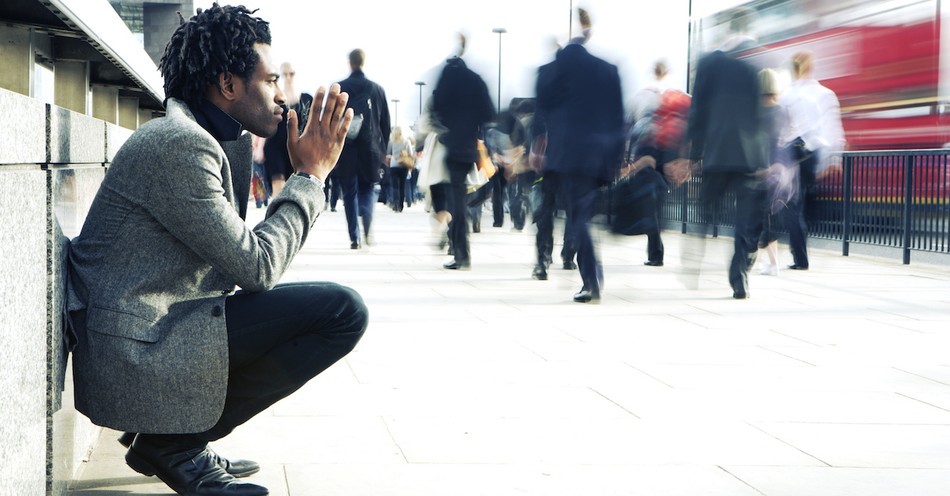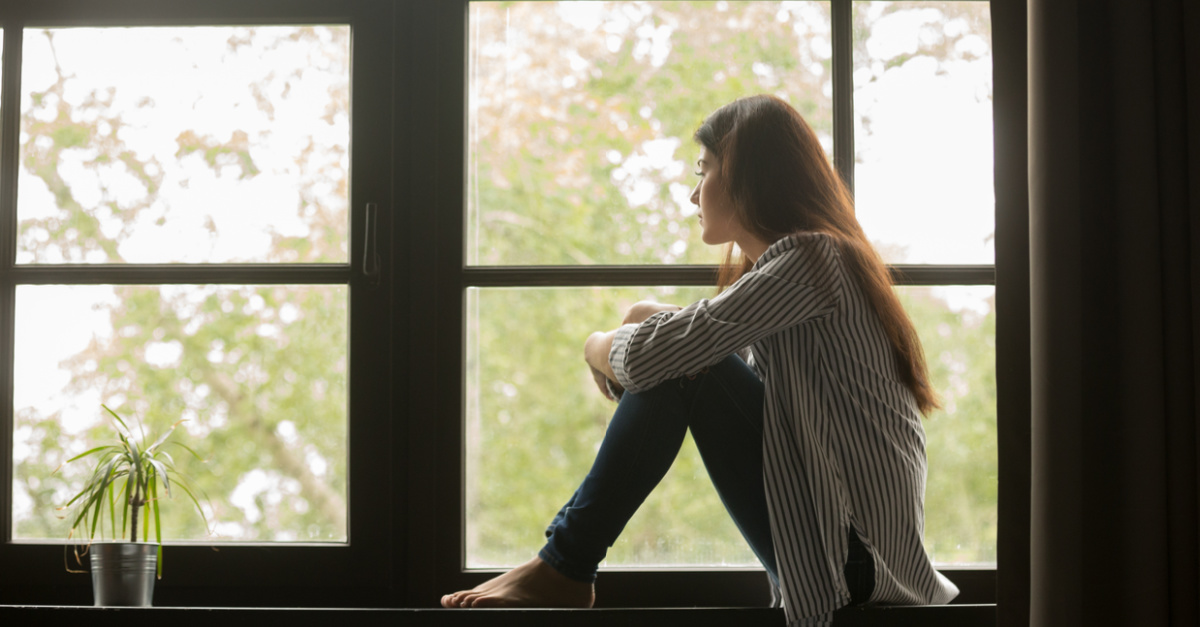
www.dailywire.com
Entrepreneur Warns Democrats’ ‘Lawfare’ Against Trump Could Destroy The U.S.
Entrepreneur Naval Ravikant, who has millions of followers on social media, said in an interview this week that he believes the Democrat Party’s weaponization of the justice system against former President Donald Trump could destroy the country.
Ravikant made the remarks during an interview Friday with Sirius XM host Megyn Kelly while discussing his recent decision to wade into politics.
“It was the lawfare that kind of brought me off the sidelines,” he said. “It’s really disgusting behavior, because this is how you descend into a complete Banana Republic with military coups and military rule. The moment you can start weaponizing the law against your enemies selectively, that’s the beginning of the end.”
“As a clear example, if you were to actually look at the charges that were brought against Trump, and I actually read them quite carefully, I mean, these were really trumped up,” he continued. “They were really made up. You violated the statute of limitations. You tried to drum things up into a felony when there was no evidence of such. It was a miscategorization of business expenses. When you have complex business dealings, like I do, and like many people do, you can always find something.”
He said the “selective prosecution” that Democrats are enforcing against Trump comes out of the “progressive DA movement” that is funded by Democrat megadonor George Soros.
“If you want the case against Kamala Harris, it’s the fact that she was DA in San Francisco and San Francisco’s a mess,” he said. “And in fact, afterwards, she advocated for George Gascon, who’s the guy who is destroying LA through basically not prosecuting criminals and going after business owners.”
Tickets for “Am I Racist?” are on sale NOW! Buy here for a theater near you.
He said that selective prosecution is “the stuff that ends the Republic” or could turn the U.S. into a “one party state, better known as a dictatorship.”
“China is a one party state. North Korea is a one party state,” he said. “So I don’t use the words ‘one party state’ lightly. But I think the weaponization of the justice system, the engagement, willingness to go into lawfare, that is the thing that will lead to violence. That is the thing that will lead to a dissolution and a breakup and something worse in the United States. So I think when these guys start playing with going after their political enemies, when Alvin Bragg runs on the explicit campaign to take down Trump, and then they go hunting through and looking for anything and drumming up any charge, and go after him in the most favorable juries in the most favorable part of the country, and then just control the evidence and control the narrative, is that is the beginning of the end.”
“And the people who in Silicon Valley and the donors who are out there supporting this lawfare, they’re dead to me,” he added. “I mean, these people are destroying the ground on which they stand. Do they think they won’t be next?”
WATCH:
.@Naval Ravikant says the Democrat Party’s lawfare against President Trump is “disgusting behavior” that could “end the Republic” and lead to a “one-party state better known as a dictatorship.”
“If you look at the charges brought against Trump, and I actually read them quite… pic.twitter.com/6H1XdlERWy
— KanekoaTheGreat (@KanekoaTheGreat) September 6, 2024














